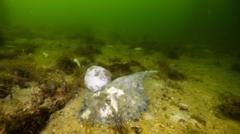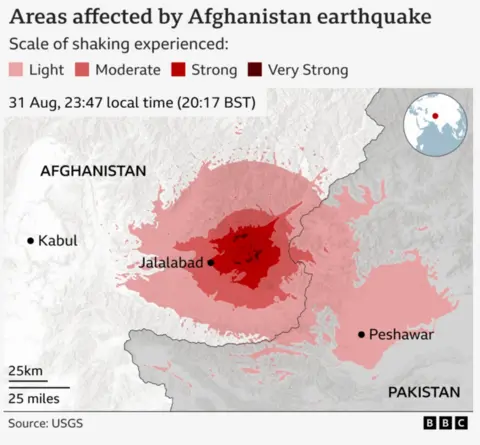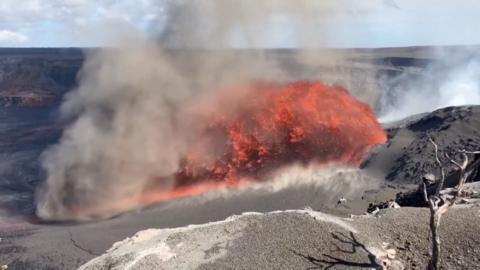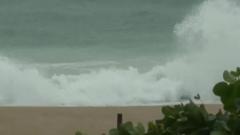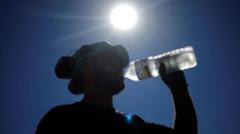An algal bloom crisis has turned the normally clear waters of South Australia into a toxic green expanse, resulting in the deaths of over 400 species of marine life. The event, which has been worsening since March, is now twice the area of the Australian Capital Territory. While the state government is labeling it a "natural disaster," the federal government has introduced an A$14 million funding package but has refrained from officially designating the event as such, which would prompt a stronger governmental response similar to those seen for other natural disasters like bushfires or floods.
According to Premier Malinauskas, the circumstances surrounding the outbreak—primarily linked to climate change factors such as ocean warming and nutrient pollution—demand recognition and action. He announced that his administration would match the federal funding to support research, cleanup efforts, and local industries suffering from the bloom's aftermath.
Criticism has arisen regarding the federal government's handling of the crisis. Greens Senator Sarah Hanson-Young expressed frustration, suggesting that the response would be more robust if impacts were felt in more affluent areas. Meanwhile, Environment Minister Murray Watt acknowledged the disturbing nature of the bloom, yet maintained that it did not fit the official criteria for a natural disaster, thereby limiting further assistance.
The situation is particularly dire for the fishing industry, with many fishers reporting months without income due to the dramatic reduction in marine life. Ian Mitchell, who connects fishers with retailers, described the emotional toll the bloom has taken on those in the industry, highlighting the human impact of this environmental disaster. As the bloom extends from Coorong to the Yorke Peninsula, observers liken the devastation to a horror movie for local fish populations. The ongoing crisis continues to spotlight the urgent intersection of climate change and environmental health in Australia.

